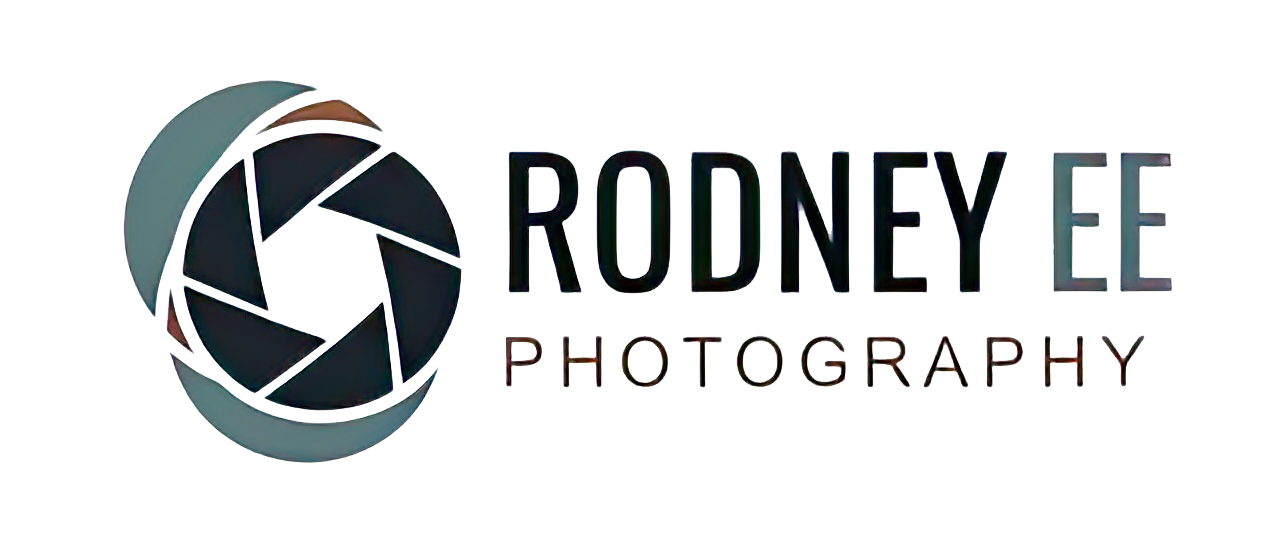The Importance of a Mood Board
More Than a Pretty Picture: Why Every Photographer Needs a Mood Board and Posing Prowess
As a photographer, my job is to do more than just press a button. My job is to tell your story, to capture your unique personality, and to create images that you will cherish for a lifetime. But how do I translate the vision in your head into a tangible photograph? The answer lies in two powerful tools: a mood board and a photographer who is ready to direct.
If you’re planning a photoshoot with me, you’ll hear me talk about these two things a lot. Here’s why they are so incredibly important for a successful and enjoyable session.
1. The Mood Board: Your Creative Roadmap
Think of a mood board as our creative roadmap. It’s a collaborative space where we can gather visual inspiration—everything from photos and color palettes to textures and emotions. It helps us get on the same page and ensures that we are both working towards the same creative vision.
It Clarifies Your Vision: Words can be subjective. What one person describes as "moody and romantic," another might envision as "dark and sad." A mood board uses concrete examples to show me what you're drawn to. It's where we can see that you love golden hour lighting, a candid, playful feel, or a specific colour scheme. This visual guide prevents any miscommunication and sets clear expectations from the very beginning.
It Inspires Us Both: A mood board isn't just about recreating existing photos. It’s about using them as a springboard for our own unique creations. By seeing a collection of images you love, I can better understand your aesthetic and come up with fresh, personalized ideas for your shoot. We might take inspiration from the way someone is laughing, the location's backdrop, or the overall feeling of a particular image.
It Guides the Details: A good mood board helps us plan for all the little details that make a big difference. It can guide our choices for location, wardrobe, and even props. If your mood board is full of photos in a lush, green forest, we know to avoid a bustling city street. If it's all about soft, pastel colours, we can plan your outfits accordingly.
2. Posing Prowess: Your Confident Guide
Most people are not professional models, and that's perfectly okay! Stepping in front of a camera can feel awkward and intimidating. This is where my job as your photographer truly begins. I don't expect you to know what to do; I’m here to be your confident and encouraging guide.
Posing vs. Prompting: I use a mix of both. Posing involves giving you specific directions, like "put your hand on your hip and shift your weight to your back leg." Prompting is more about creating an action or emotion that leads to a natural reaction. For example, I might say, "whisper your favorite memory to each other" or "walk towards me while swinging your arms and laughing." This creates genuine, candid moments that feel authentic to you.
Creating a Natural Look: My goal is to make you feel so comfortable that the poses feel natural, not stiff or forced. I'll give you simple, easy-to-follow directions and make small adjustments to ensure you look your best. I'll help you create flattering angles, avoid a double chin, and make sure your hands and posture look relaxed.
The Power of Affirmation: During a photoshoot, I'll be your biggest cheerleader. You'll hear me say "That's perfect!" or "You look amazing!" a lot. This isn't just empty flattery—it's to build your confidence and help you feel more at ease. When you feel good, you look good.
Ultimately, a successful photoshoot is a partnership. By creating a mood board, we start the journey together with a shared vision. By trusting me to guide you with posing and prompts, we ensure that we capture beautiful, authentic images that tell your story in the most powerful way possible.

